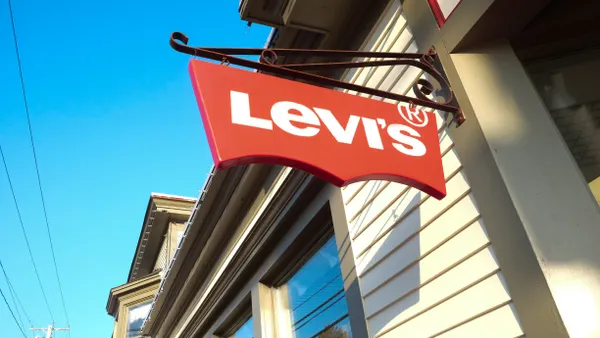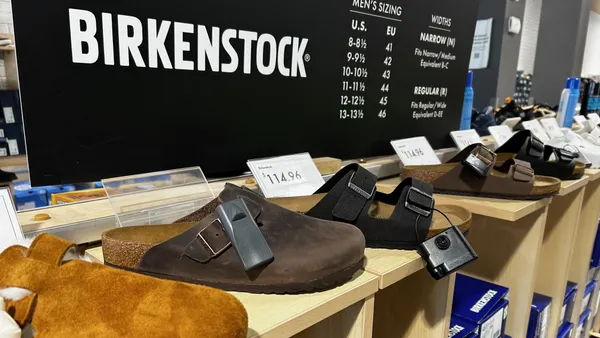Dive Brief:
- Between January and September, the U.S. toy market saw a 7% jump in dollar sales compared to last year, a Circana analysis found.
- The average selling price and units sold rose by 4% and 3%, respectively, during the period. The results indicate a return to growth for a market that has been stagnant for two years, according to Circana.
- Toy sales growth is being driven primarily by collectibles, which saw a 33% increase from the year prior. Strategic trading card games, sports trading cards and action figures are leading that trend, per the report.
Dive Insight:
The toy category is making a comeback in the third quarter of 2025, a sign that consumers are continuing to buy toys despite tariff concerns, at least for now.
Along with the collectibles boom, Circana tracked a 14% year-over-year jump in licensed toys, a trend driven by video games, movies, animals, witches and wizards, and sports-related toys. In total, seven of the 11 toy categories Circana tracks reported dollar growth, with six showing unit growth.
“The U.S. consumer, and their willingness to absorb tariffs, will be the key factor shaping Q4 performance,” Juli Lennett, vice president and toy industry adviser at Circana, said in a statement. “The toy industry has a unique advantage and tends to be resilient in turbulent times as toys serve as emotional anchors for families, offering joy and a welcome distraction in our lives. The industry also benefits from trends like adult self-gifting, nostalgia, and digital wellness — factors that are expected to influence holiday purchases.”
Despite the rise in toy sales, the industry remains uniquely vulnerable to tariffs. Roughly eight in 10 toys are imported into the U.S. from China. While President Trump has imposed tariffs on numerous countries, the relationship between the U.S. and China has been a focal point of the ever-changing policies. The two countries came to an agreement last week to lower some tariffs on China and scale back other actions.
The variability is hitting companies like toymaker Mattel. During its Q2 earnings call, the company projected its tariff exposure to be below $100 million, though it later warned that the full impact of tariffs may not come until the fourth quarter.
Others, like Toys R Us, are plotting a comeback. The iconic toy retailer is opening more than 30 new flagship and seasonal shops across the country as it looks to compete for shoppers’ dollars. The company plans to announce more store openings during the holiday season.














